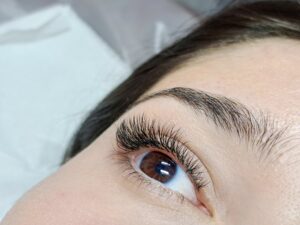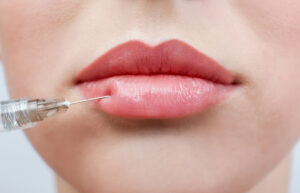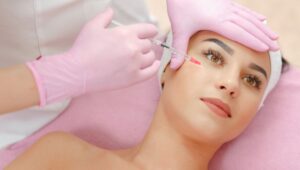When it comes to discussions surrounding botox treatments, misconceptions tend to riddle the conversation. It’s time to finally clear the air about this popular cosmetic procedure. We’re here to debunk 5 common myths about botox and provide you with concrete, scientific botox facts that could very well change your perspective.
Myth 1: Botox is dangerous
One of the most common botox myths revolves around its safety. Let’s debunk this right off the bat – Botox is not inherently dangerous.
Debunking the Danger Myth About Botox
The main component of botox, botulinum toxin, might sound daunting, but it’s used in minute quantities, and it’s under rigorous control to prevent any danger. Injections of this compound, when used precisely, can temporarily relieve wrinkles and fine lines for a youthful look.
Understanding the Safety of Botox Injections
The safety of botox injections has been recognized by numerous health authorities worldwide, including the FDA. Professionals, like a board-certified dermatologist, administer these injections in controlled conditions.
Botox and the FDA: What You Need to Know
Did you know? The FDA approves Botox for both aesthetic and therapeutic applications. This might help debunk the misconception that botox is a high-risk treatment option.
Myth 2: Botox will ‘freeze your face’
This particular myth about botox may make some hesitant to explore this cosmetic procedure. Truth is, Botox doesn’t “freeze” your face.
Debunking the Face-Freezing Myth with Botox Facts
Botox works by blocking nerve signals in the muscles where it’s injected, hence, causing a reduction in muscle activity. While it does limit certain muscular movements that lead to the formation of fine lines and wrinkles, it doesn’t immobilize your face.
The Reality of Botox and Facial Movements
A skilled botox injector can maintain a natural look, allowing you to continue expressing your emotions freely. So, your face won’t “freeze”.
Do Botox Injections Affect Facial Emotion Expression?
Undeniably, if botox injections are done properly, they can balance reducing wrinkles while preserving your capability for facial expression.
Myth 3: Botox and fillers are the same
In the sphere of cosmetic treatments, Botox and dermal fillers may seem similar, but they actually serve different purposes.
How Botox Differs from Other Cosmetic Fillers
Botox is used to soften wrinkles and fine lines that form from facial movements. On the other hand, dermal fillers are used to add volume and fill in lines that are present even when the face is at rest.
Debunking the Misconceptions About Botox and Fillers
While both treatments involve injections, Botox is not a filler. It simply stops your muscles from making the movements that lead to wrinkles.
The Science Behind Botox and Dermal Fillers
Each of these options has unique benefits and is used for different reasons. Botox helps with fine lines and wrinkles, while fillers add volume to areas like the cheeks and lips.
Myth 4: Once you get Botox, you must keep getting it
There’s this idea that once you get botox, you must keep getting it. This is one of the botox myths we need to unmask today.
Addressing the ‘Addictive’ Myth Surrounding Botox
Botox treatment isn’t physically addictive. While it’s true that botox results are temporary, typically lasting three to six months, there’s no scientific reason that you must continue injections unless you want to maintain the result.
The Optional Continuity of Botox Injections
If you decide to discontinue botox injections, your wrinkles will slowly return to how they were prior to the botox, but they won’t get worse.
The Temporal Nature of Botox
Botox is not a permanent solution; it only temporarily reduces the appearance of fine lines and wrinkles. Once you discontinue using botox, your skin will return to its natural state.
Myth 5: Botox is only for cosmetic purposes
Most people link Botox to cosmetic procedures, which is true, but that isn’t its only application. Botox is also used for a range of medical conditions.
Debunking the Cosmetic-Only Use of Botox
While botox is indeed widely used for its cosmetic benefits, it also has multiple therapeutic uses, such as treating muscular spasms and certain types of migraines.
Exploring the Medical Uses of Botox
Did you know? Botox can be used to manage conditions like chronic migraines, excessive sweating, overactive bladder, and even crossed eyes! This is a clear indication that botox is not just a cosmetic treatment.
The Versatile Applications of Botox Beyond Aesthetics
In conclusion, like botox or not, it’s important to debunk the common botox myths and present the facts. It’s crucial to go beyond the surface and understand what botox really is before making assumptions or decisions. Remember, it’s always best to schedule a consultation with a professional botox injector for personalized advice.
*Information in this article is not medical advice and may not be factually accurate. It is intended for entertainment purposes only. Consult with a physician before attempting any tips in this blog post and to get the most up to date factual data about any procedure or treatment.














